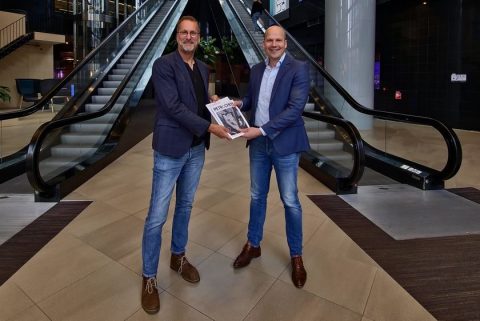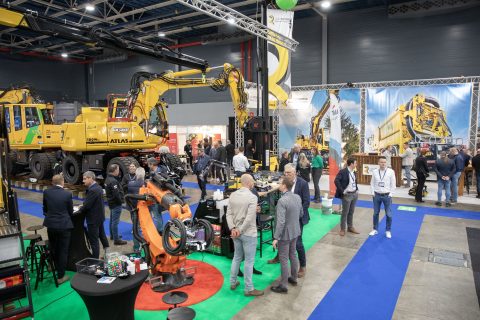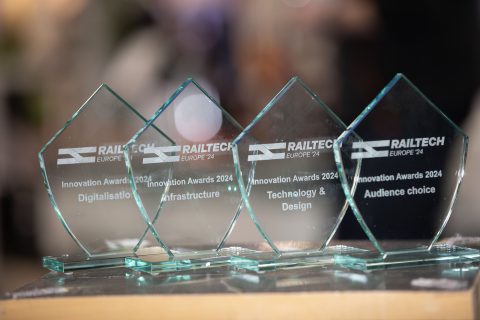Rail operators want to run more international trains, but where to get them?

With the European market increasingly opening up to private operators and with the comeback of night trains well underway, the availability of rolling stock has become a large obstacle, especially for open-access train operators. What are different railway players’ experiences and how can the situation be improved?
Want to read more?
You have read all of your free premium articles for this month. Please become a subscriber to keep reading.
Subscribe now!
Take advantage of our exclusive offer to get full access to all premium content.





Some great ideas, a truly Europe wide system could perhaps use a Wagon Lits approach with dining cars from the country en route that does them best for example too, cycle carriage would be excellent and popular, also the playrooms that Nordic railways have pioneered make family holiday travel work on long distances.
Trainsets authorized for one country should be allowed to run in other countries at least for a smaller part of the lenght of the route. Except if particular equipment is essential (e.g. signalling and different voltage). It is a pity hat even EMTS has been made subject to national variants.